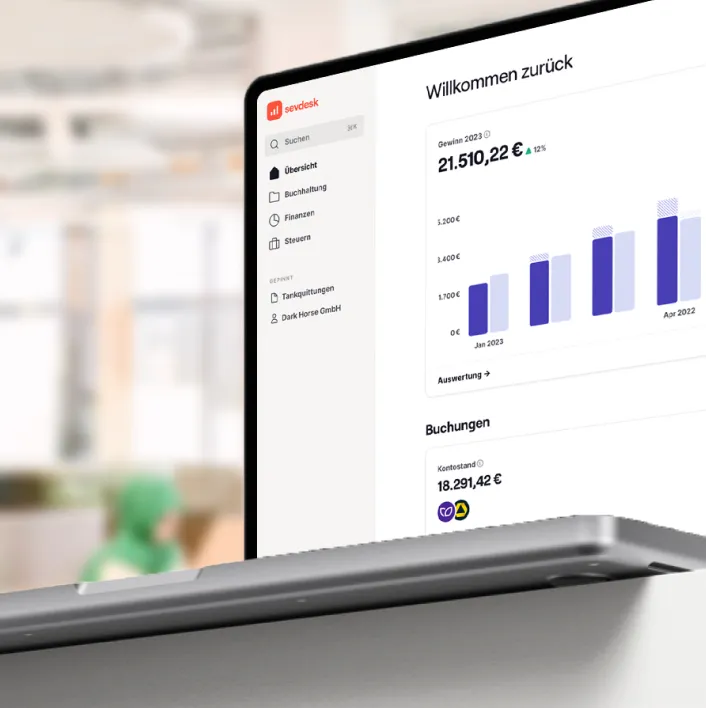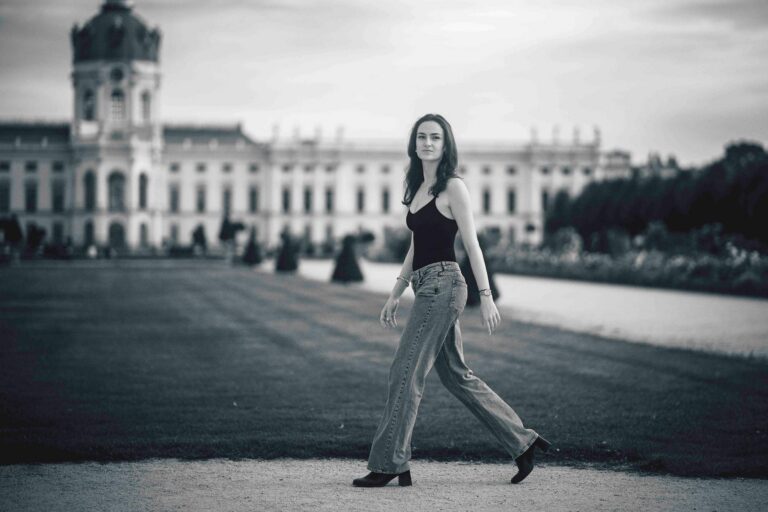You’re standing in a pristine German Tiefgarage, staring at a numbered chart that looks like a bizarre lottery ticket. The developer is asking €30,000-€50,000 for a concrete box where your car will sleep. Welcome to the Stellplatzkauf dilemma – one of Germany’s most peculiar property puzzles where international residents discover that parking spaces can cost more than their first car.
The Garage Psychology: Why Germans Obsess Over Numbers
The moment you’re handed the parking plan in a German Neubauprojekt, you’ve entered a strategic battlefield. Each number represents years of potential convenience or frustration. As one prospective buyer discovered when choosing between spots 23-32, the difference between a dream parking situation and daily hell can literally be a matter of inches.
The consensus among seasoned German parking strategists is clear: avoid the wall-huggers at all costs. Spots 29 and 30, sandwiched against concrete barriers, are considered the “absolute worst” by residents who’ve lived this nightmare. You’ll spend years performing contortionist acts just to squeeze out of your driver’s side door while praying the neighboring car’s owner doesn’t have a door-denting habit.
The prime real estate? Spot 24 offers the holy trinity of parking perfection: no wall on your driver’s side, easy forward entry, and stress-free reverse parking. It’s the kind of strategic advantage that Germans will literally pay thousands for.

The Financial Mathematics: Investment or Insanity?
Let’s talk numbers that hurt. At €40,000 for a parking space in a major German city, you’re entering serious investment territory. That’s a down payment on a small apartment in some regions. But here’s where German property logic gets fascinating.
Your Stellplatz isn’t just a parking spot – it’s part of your Investitionsplan. When developers calculate their Kapitalbedarfsplan, parking spaces are often the profit center that makes the entire project viable. They know Germans will pay premium for guaranteed parking because the alternative – the daily street parking lottery – is considered a fate worse than bureaucracy.
The financial calculation breaks down like this: if monthly parking in your area costs €120, that’s €1,440 annually. At €40,000 purchase price, you’re looking at roughly 27 years to break even. But that’s missing the German context. In cities like Munich or Hamburg, waiting lists for parking spots can stretch longer than an American’s attention span. Owning your spot isn’t just convenience – it’s certainty.
The Strategic Selection: A Field Guide
Based on collective wisdom from German parking veterans, here’s your strategic hierarchy:
The Gold Standard (Spots 24-26):
– Open space on driver’s side for graceful exits
– Pillar positioning that creates breathing room
– Reverse-in capability for the precision parkers
The Acceptable Compromise (Spots 23, 27-28):
– One-sided exposure to door-dingers
– Requires more tactical maneuvering
– Still infinitely better than wall spots
The Money Pits (Spots 29-31):
– Wall-adjacent psychological torture
– Potential for “neighbor revenge” parking scenarios
– Only acceptable if you drive a Smart car and practice yoga
The prevailing sentiment among international residents is that choosing the wrong Stellplatz can transform your daily life into a low-grade horror movie. One expat described their wall-spot experience as “like being married to someone who always leaves the toilet seat up – annoying at first, eventually maddening.”
The Cultural Context: Why This Matters in Germany
Here’s what international residents often miss: in German urban planning, your parking space is part of your social status. It’s not just about keeping your car dry – it’s about demonstrating that you’ve conquered one of Germany’s greatest challenges: finding certainty in an uncertain world.
Germans approach parking with the same precision they apply to engineering. The right Stellplatz purchase signals planning ahead, financial stability, and the ability to navigate complex systems. It’s why developers can charge these absurd prices and still have buyers lining up.

The Verdict: Investment with Caveats
So, is that €40,000 box of concrete an investment or a waste? The answer depends entirely on your location, lifestyle, and tolerance for daily parking stress.
Buy it if:
– You live in a city with competitive parking
– You plan to stay 5+ years
– You value German-style certainty
– You can secure a strategic spot
Skip it if:
– You’re in a smaller city with ample street parking
– You might move within 3 years
– You don’t mind the parking hunt
– You’re offered a terrible wall spot
The smartest play? Treat your Stellplatz decision with the same rigor as your Finanzplan. Calculate the opportunity cost, project your stay duration, and for God’s sake, visit the actual garage space before committing.
At the end of the day, you’re not just buying parking – you’re buying peace of mind. And in Germany, where everything else is complicated, sometimes that’s worth every damn euro.



